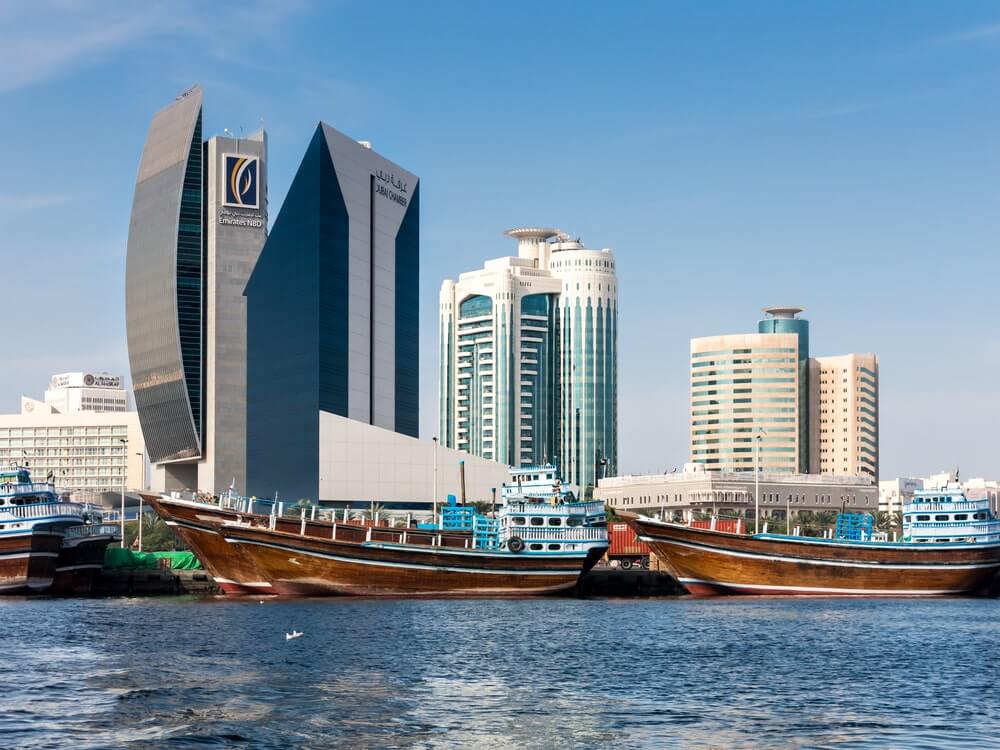Central Bank of the United Arab Emirates (CBUAE)

Central Bank of the United Arab Emirates (CBUAE)
The Central Bank of the United Arab Emirates, which we can abbreviate to CBUAE, is a vital financial institution in the UAE. The entity takes on most of the roles central banks usually do, which includes a regulatory role. It’s also in charge of various other things, such as controlling currency and determining monetary policy. As an economic and financial hotspot, the UAE is an important location for the global economy. Because of that, CBUAE’s role is more than domestic, and it’s an important entity for the global economy.
History of the bank
The CBUAE, although in a different form, has been around nearly as long as the UAE. The United Arab Emirates gained the status of an independent state in 1971, and the CBUAE’s predecessor was founded in 1973. The institution was called the UAE Currency Board, and its role was to create an independent currency to replace old ones. To replace the Qatari Riyal and Bahraini Dinar, the Currency Board put the UAE dirham into circulation.
The primary difference between the current CBUAE and the UAE Currency Board is that the latter didn’t have central bank powers. It was in charge of currency management and gold and forex reserves. However, it had no ability to impact anything regarding the United Arab Emirates’ monetary policy.
In 1980, with the passing of The Union Law No (10), the UAE Currency Board became the CBUAE. It gained the full capabilities and responsibility of a central bank, including monetary policy management. The first governor (carrying on from the UAE Currency Board) was Abdul Malik Yousef Al Hamar.
Roles and Functions
The Central Bank of the United Arab Emirates has numerous departments that tackle different issues. For example, the Banking Supervision and Examination Department is in charge of UAE bank oversight. That includes both local and international banks that operate inside the UAE and other financial institutions similar to banks. The Department handles licenses, creates regulations, and monitors bank behavior.
The similarly-named Banking Operations Department has a slightly different role. While it has its overlaps with the previous one, the primary difference is that the Banking Operations Department handles currencies. That also includes ensuring that all relevant payment systems run well.
The CBUAE also has other vital departments, such as the Research and Statistics Department, Administration Affairs Department, Financial Department, Internal Audit Department, and Customer Protection Department. Each of these fractions is vital to the overall well-being and smooth functioning of the CBUAE.
The post Central Bank of the United Arab Emirates (CBUAE) appeared first on FinanceBrokerage.
0 Response to "Central Bank of the United Arab Emirates (CBUAE)"
Post a Comment